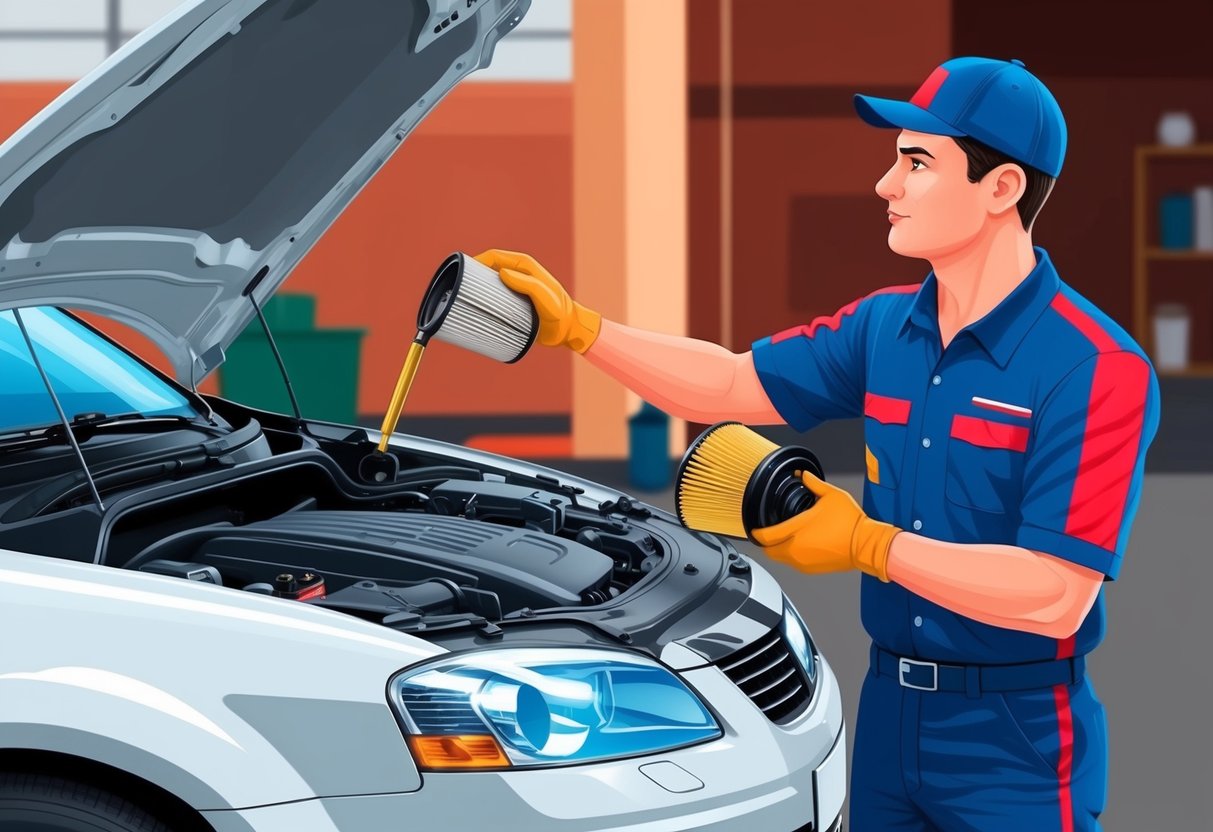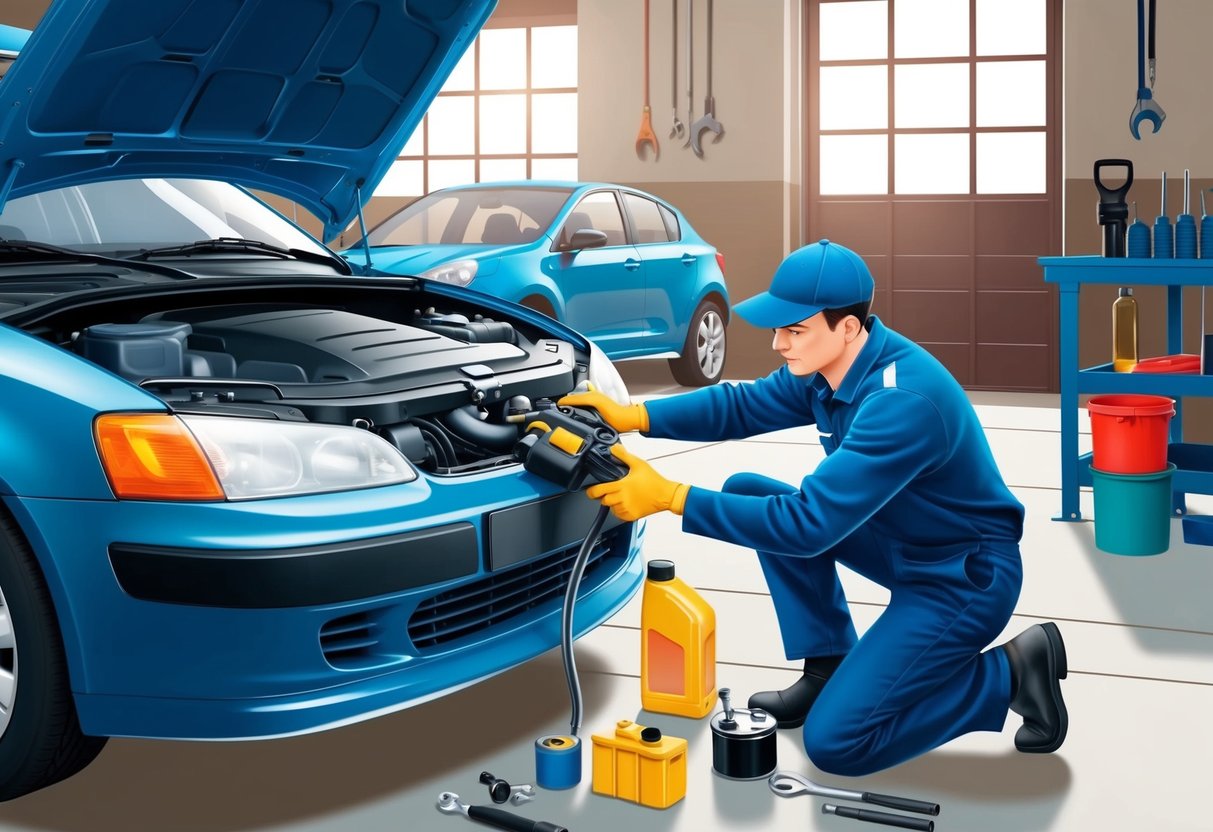
Preserving Your Car’s Resale Value Over Time

Maintaining a vehicle’s resale value depends heavily on consistent upkeep. Detailed record-keeping and car care routines not only support peak vehicle performance but also increase market appeal when it’s time to sell.
Documenting Regular Maintenance
Accurate documentation of all routine maintenance greatly impacts a car’s value on the used market. Keeping a log of oil changes, tire rotations, brake inspections, and other service appointments demonstrates reliability and diligent care to potential buyers.
Records can be stored digitally or in a physical folder and should include dates, types of services, and shop receipts. Mileage logs and warranty service records should also be kept current.
This organized history often results in a higher resale value, as buyers and dealerships are more confident in vehicles with verifiable upkeep. Many trade-in assessments factor documented maintenance into their pricing, which can help secure a better offer.
Following the manufacturer’s scheduled maintenance recommendations and documenting those actions is crucial. Regular recordkeeping makes it easy to show the car’s compliance with manufacturer and industry standards for routine maintenance.
Keeping the Interior and Exterior Clean
Maintaining a clean interior and exterior protects a vehicle’s finish and prevents long-term wear that harms resale value.
Regularly vacuuming carpets, washing seats, and cleaning surfaces prevent buildup of dirt or odors that may discourage buyers.
Spills and stains should be addressed immediately to avoid permanent damage to upholstery.
The exterior requires frequent washing to remove grit, salt, and environmental contaminants.
Waxing the paint every three to six months shields against UV rays and environmental fading.
This preserves the vehicle’s glossy finish and overall appearance.
Keeping up with both interior and exterior cleaning routines also protects components like headliners, dashboards, and paintwork, which are often scrutinized during appraisals.
Simple habits like parking in covered areas and using protective floor mats further support long-term resale value.
Frequently Asked Questions

Staying consistent with vehicle maintenance routines can prevent premature wear and optimize safety.
Focusing on essential services like oil changes, tire care, brake checks, and battery attention is key for extending vehicle lifespan and ensuring reliability.
What are essential maintenance checks to perform regularly on my vehicle?
Essential maintenance includes oil and filter changes, tire rotation and alignment, fluid level checks (such as coolant, brake, and transmission fluids), brake inspections, and replacing air filters.
Regularly inspect lights, wipers, and belts for signs of wear.
How often should oil changes be scheduled to optimize engine performance?
Most modern vehicles benefit from oil changes every 5,000 to 7,500 miles, though some require more frequent changes based on driving habits or manufacturer recommendations.
Timely oil changes protect engine components from unnecessary wear and help maintain optimal engine efficiency.
What are the best practices for tire maintenance and prolongation of their lifespan?
Tire maintenance involves regular rotation, checking air pressure at least monthly, and ensuring wheels are properly aligned.
Inspect tires for uneven wear, punctures, or embedded objects.
Maintaining correct tire pressure not only improves fuel efficiency but also maximizes tread life and safety.
Learn more about tire care methods.
Can regular brake inspections contribute to vehicle safety and longevity?
Routine brake inspections are crucial for identifying worn pads, damaged rotors, or leaking brake fluid.
Early detection of brake issues helps prevent more serious repair needs and supports overall vehicle safety.
Frequent checks can extend the lifespan of braking components and reduce the chance of system failure.
What indicators suggest that a car’s battery requires maintenance or replacement?
Signs of a weak battery include slow engine cranking, dim lights, or frequent need for jump-starts.
Corrosion on terminals, a swollen battery case, or an illuminated battery warning light also signal attention is needed.
Replace auto batteries every 3-5 years or as soon as performance issues appear.
How does adherence to the manufacturer’s service schedule impact the longevity of a vehicle?
Following the manufacturer’s suggested service intervals for every system—engine, transmission, cooling, brakes, and others—is essential. This schedule is designed to catch developing issues before they escalate.
It ensures that all parts function according to designed performance standards. Strict adherence extends the life of both major components and the vehicle as a whole.